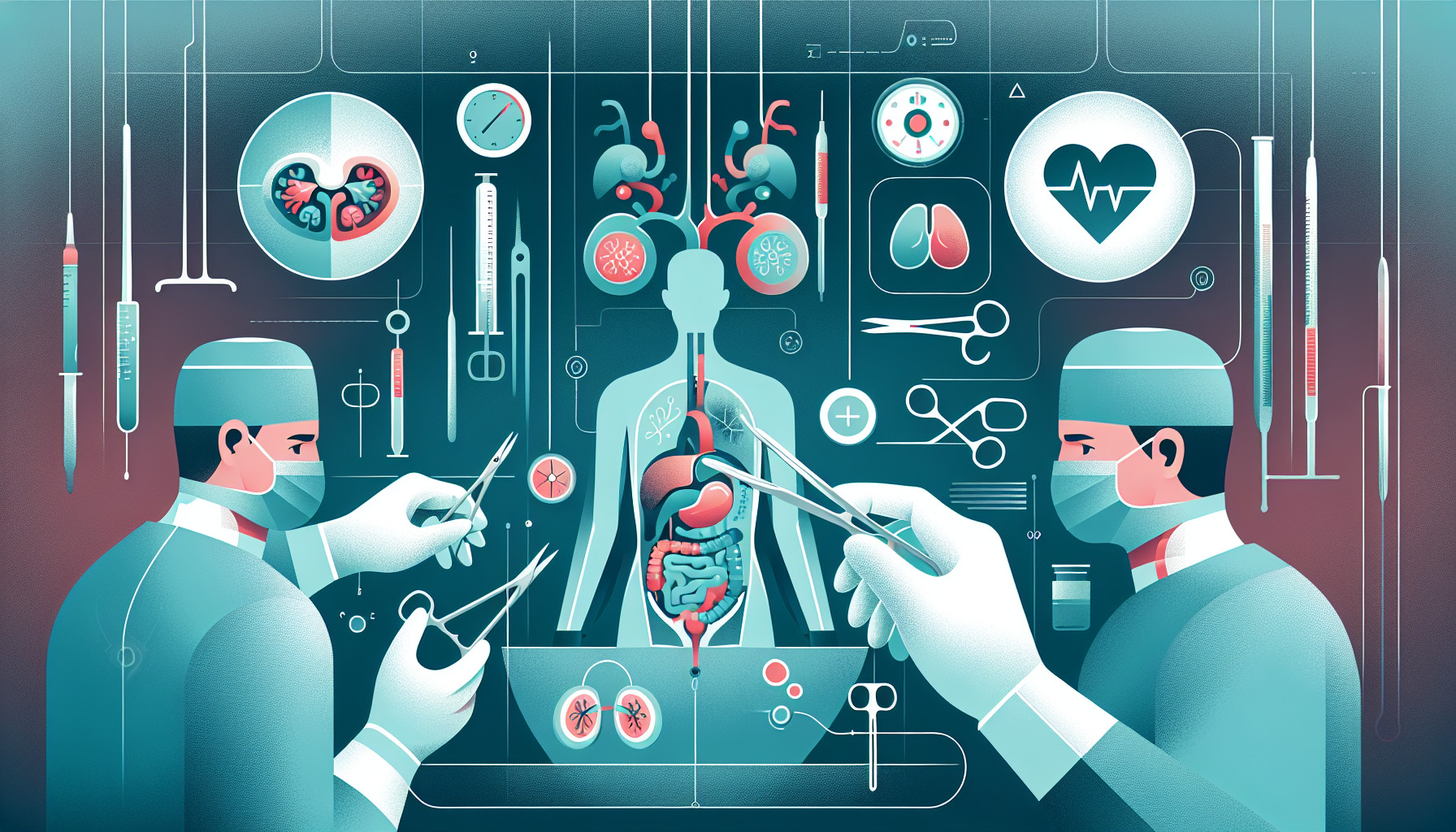Our Summary
This research paper talks about a case where a person’s penis got trapped due to too much skin being removed during a circumcision. To fix this, doctors used a method called autologous split-thickness skin graft (STSG), where they took skin from another part of the body (in this case, the thigh) and attached it to the affected area.
Some important things to note are:
- They use antibiotics to prevent infections.
- They choose the thigh as the place to get the extra skin because it’s close to the penis and the skin there is usually suitable.
- A special tool called a dermatome is used to take the skin graft, which is usually very thin.
- It’s crucial for the graft and the wound to be in direct contact for the graft to work properly.
- They use a special dressing to prevent the graft from moving and to ensure it stays in contact with the wound for at least 5 days.
- They use a special ointment on the place where they took the skin graft from, to help it heal.
- It’s important not to leave too much skin around the penis after the procedure because it can lead to swelling. They recommend either limiting the amount of skin left or attaching the skin graft directly to the head of the penis.
FAQs
- What is an autologous split-thickness skin graft (STSG) and how is it used in pediatric urologic reconstruction?
- Why is the thigh often chosen as the source of the skin graft?
- What measures are taken post-procedure to ensure the success of the graft and prevent infections or complications?
Doctor’s Tip
- Follow-up appointments are necessary to monitor the healing process and ensure proper function of the reconstructed area.
- It’s important to keep the area clean and dry to prevent infection.
- Any signs of infection, such as increased redness, swelling, or drainage, should be reported to the doctor immediately.
- It’s important to follow post-operative care instructions carefully to promote optimal healing and avoid complications.
Suitable For
Typically, patients who may be recommended for pediatric urologic reconstruction include those with congenital anomalies such as hypospadias (a condition where the urethral opening is on the underside of the penis), epispadias (a condition where the urethral opening is on the upper side of the penis), or bladder exstrophy (a condition where the bladder is exposed outside the body). Patients with traumatic injuries to the genitalia or those who have undergone previous surgeries that require revision may also be recommended for pediatric urologic reconstruction. Additionally, patients with conditions such as phimosis (tight foreskin that cannot be retracted) or chordee (curvature of the penis) may also benefit from urologic reconstruction procedures.
Timeline
Before the pediatric urologic reconstruction: The patient may have undergone a circumcision procedure that resulted in complications such as skin entrapment. They may have experienced pain, discomfort, and difficulty urinating due to the trapped skin. The patient and their family may have consulted with a urologist to discuss potential treatment options.
During the pediatric urologic reconstruction: The patient undergoes the autologous split-thickness skin graft procedure to correct the skin entrapment issue. The procedure involves taking skin from the thigh and attaching it to the affected area on the penis using a dermatome. The patient is given antibiotics to prevent infections and a special dressing is applied to keep the graft in place for at least 5 days. The surgical team ensures that the graft and wound are in direct contact to promote proper healing.
After the pediatric urologic reconstruction: The patient is monitored closely for any signs of infection or complications. The skin graft on the penis heals over time and the patient may experience improved urinary function and reduced pain. The patient may need to follow up with the urologist for post-operative care and to ensure proper healing of the graft. Overall, the pediatric urologic reconstruction procedure aims to correct the issue of skin entrapment and improve the patient’s quality of life.
What to Ask Your Doctor
Some questions a patient should ask their doctor about pediatric urologic reconstruction could include:
- What specific procedure will be used for the reconstruction and why is it recommended in my case?
- What are the potential risks and complications associated with the procedure?
- How long is the recovery period expected to be and what can I expect during the recovery process?
- Will there be any long-term effects or limitations after the reconstruction?
- What is the success rate of this procedure for similar cases?
- Will there be a need for additional surgeries or follow-up appointments after the reconstruction?
- What can I do to help ensure a successful outcome and minimize any risks associated with the procedure?
- Are there any alternative treatment options available for my condition?
- What is the experience and expertise of the healthcare team performing the reconstruction?
- Are there any specific instructions or guidelines I should follow before and after the procedure to optimize the results?
Reference
Authors: Diaz EC, Corcoran JF, Johnson EK. Journal: J Pediatr Urol. 2016 Jun;12(3):185-6. doi: 10.1016/j.jpurol.2016.02.022. Epub 2016 Apr 21. PMID: 27155806
